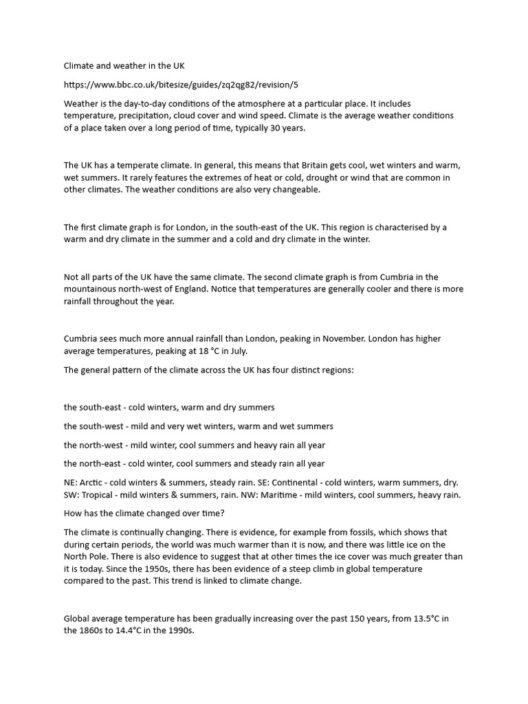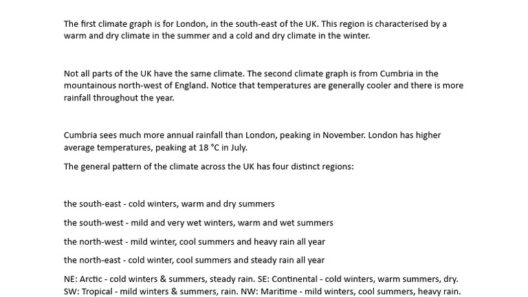In the intricate tapestry of the United States, Maine stands out like a well-worn book, its pages filled with tales of foggy shores and snowy pines. This state, known for its rugged coastline and sprawling forests, presents a climate as varied as the landscapes it adorns. Understanding Maine’s climate invites an exploration that transcends mere temperature readings and rainfall statistics—it’s a journey into the soul of New England itself.
The maritime influence is profound, shaping the climate patterns of Maine with the elegant precision of a painter’s brush on a canvas of blue. This northeastern corner of the U.S. experiences a humid continental climate, characterized by the sharp delineation of seasons, each with its own unique character. Short, warm summers give way to long, frigid winters, creating a vivid dichotomy that defines life here.
Summer graces the state with a gentle warmth, as if a benevolent spirit had warmly wrapped it in sunlight. June, July, and August beckon with balmy temperatures often reaching the mid-70s to low-80s Fahrenheit. While the coastal areas bask in the embrace of the ocean’s cool breeze, inland regions may experience higher temperatures, often igniting the vibrant hues of life in gardens, fields, and forests. The air is perfumed by wildflowers and fresh pine, while the sound of laughter rings through the air as residents and visitors alike revel in outdoor festivities.
However, even during summer, the specter of fog lingers along the coastline, enveloping lighthouses and rocky shores in a mysterious mist like the soft cloak of a mythical creature. This phenomenon arises from the collision of warm air from the land with the cold waters of the Atlantic Ocean. The result—thick fog—creates a unique atmosphere that has inspired countless artists and writers. Maine’s foggy shores are not merely scenic; they are evocative of a trope often depicted in literature, where the impenetrable veil of mist serves as both setting and character, fostering introspection and wonder.
As the leaves begin to turn and the air carries an undeniable crispness, autumn unfolds in vibrant splendor. The state is renowned for its stunning foliage, where deciduous trees don their fiery attire, transforming the landscape into a kaleidoscope of reds, oranges, and yellows. This season, akin to a fleeting sunset on a warm day, showcases a dramatic transition, hinting at the chill that lies around the corner. As temperatures drop, the anticipation of winter begins to permeate the air, wrapping around people like a cool whisper, urging them to prepare.
Winter in Maine is a formidable force, a season that commands respect and admiration. Snow blankets the landscape, transforming the familiar into a wonderland of white. The mercury drops, often reaching well below freezing; temperatures can plummet into the teens and single digits, particularly in the northern regions. Yet, this chill does not deter the spirit of those who call Maine home. Instead, it inspires a profound connection to nature and an appreciation for winter sports, such as skiing, snowboarding, and snowshoeing. The majestic snowy pines stand like sentinels, adorned with glistening snowflakes, reminiscent of a fairy tale forest. It’s a season enveloped in tranquility yet filled with exhilarating adventure.
The interplay between Maine’s climate and its ecology is worth examining. The state is home to a remarkable diversity of plant and animal life. Conifers dominate the northern parts, while deciduous trees flourish in the south. This rich biodiversity flourishes in the state’s variable climate zones, allowing for a habitat that nurtures both the majestic moose roaming down wooded paths and the whimsical songbirds flitting through canopies. The seasonal shifts dictate the rhythms of life, compelling the flora and fauna to adapt, survive, and thrive in synchrony with nature.
Moreover, the Gulf of Maine’s warming waters are intricately linked to climate change, a phenomenon threatening to disrupt the delicate balance of this ecosystem. Rising sea temperatures have led to changes in marine species distribution, impacting locally cherished fisheries and the livelihoods dependent upon them. This warming sea serves as a stark reminder that even in this remote spot in the world, the influence of global forces can pivot the course of life. The vibrant shores, once bustling with a plethora of marine life, now face uncertainties that echo through both ecological and human communities.
Yet, it is within this context of change that the resilience of Maine and its inhabitants shines. The people of Maine grow more attuned to their environment, advocating for sustainable practices and conservation efforts aimed at preserving their unique climate and ecological richness. They stand unified against the tide of change, urging a collective awakening to the fragility of their beloved landscape. The values of stewardship are woven into the fabric of the community, fostering a profound kinship with the land, sea, and sky.
The climate of Maine is a reflection of its character, a testament to the power of nature and the enduring spirit of those who inhabit its bounds. Each season tells a story, painting an ever-evolving portrait of resilience, beauty, and interconnectedness. From fog-laden shores to snow-kissed pines, Maine not only captivates the senses but also challenges the heart to reflect on our role in the stewardship of this planet. For in every gust of wind that blows through the treetops, in every drop of rain that nourishes the earth, lies a vital reminder of the delicate balance of life we strive to preserve.







